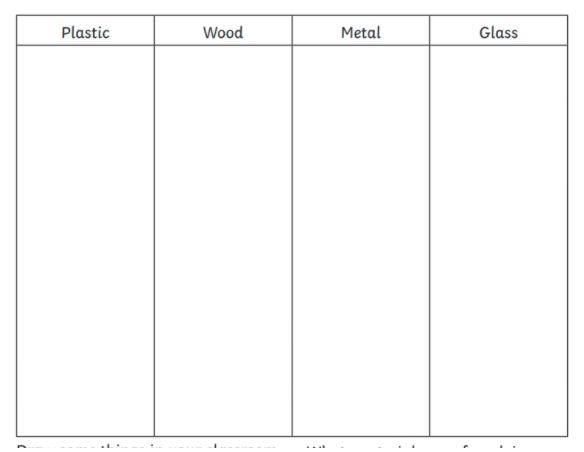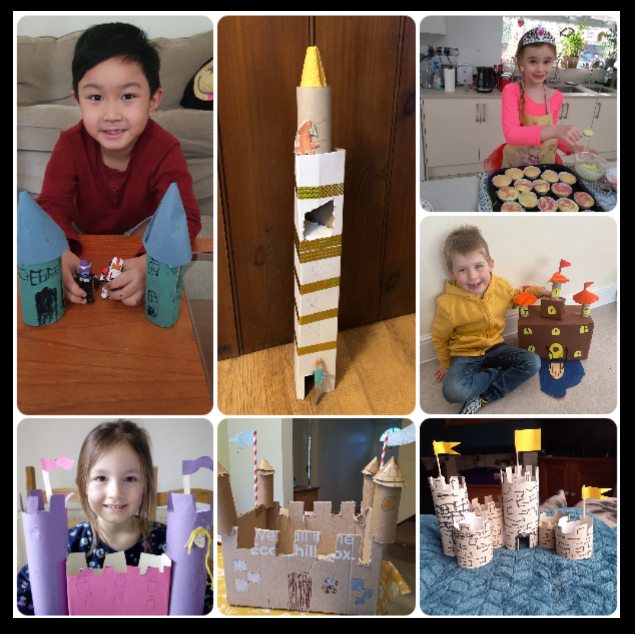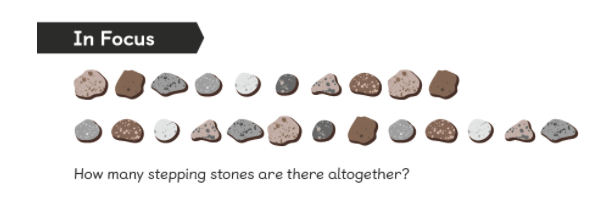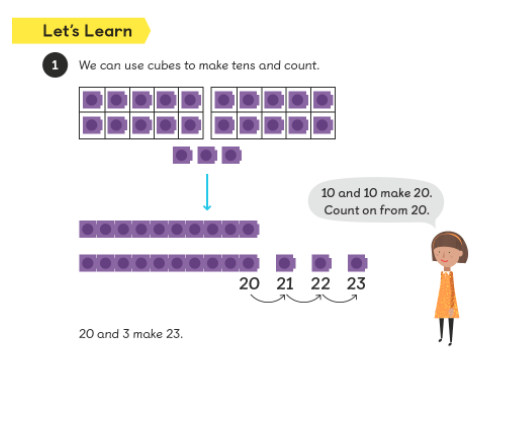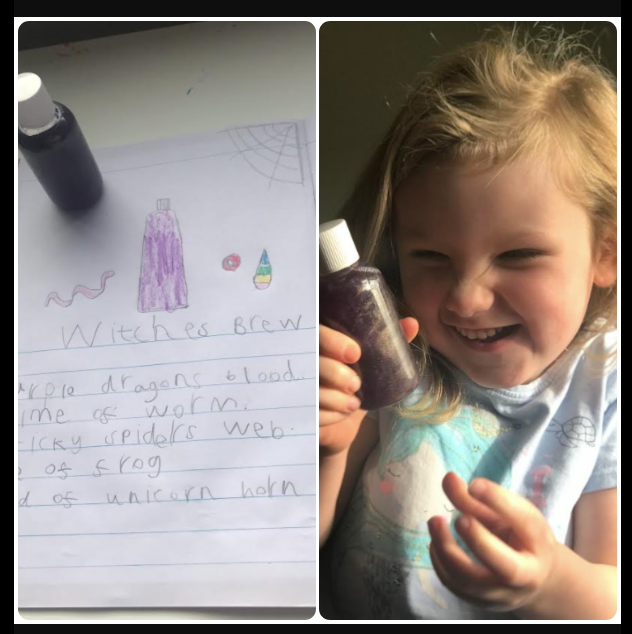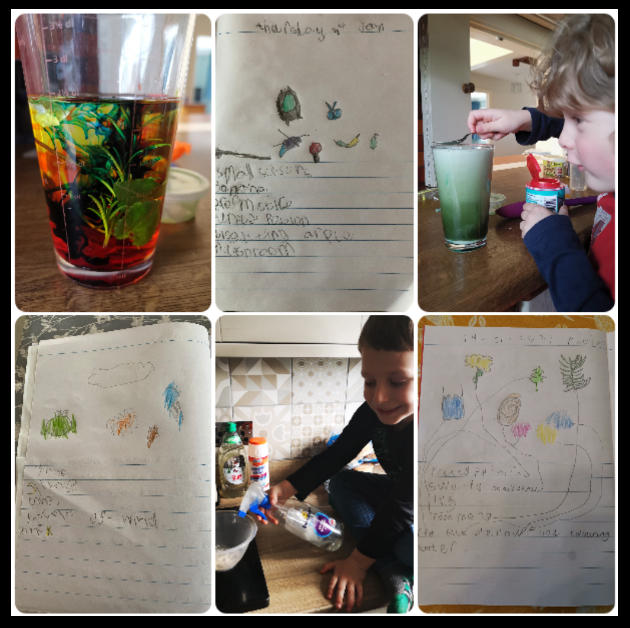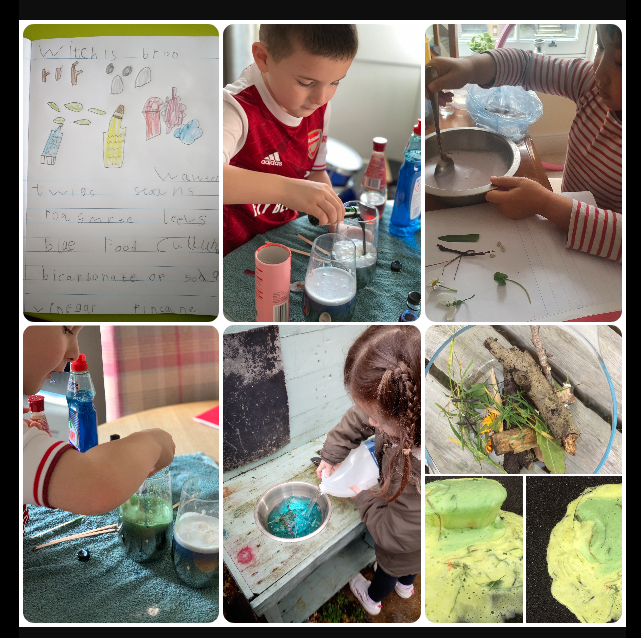Good morning, I look forward to seeing you at 9.15 for maths and 11.00 for phonics. Our maths this morning continues with place value and it if you have a printer you might like to print out these arrow cards. We might not use them much in the session but they would be useful to reinforce today’s learning.
Maths
If you are unable to join the live lesson at 9.15 please look below to see what to do.
Writing Numbers to 40
Ask your child to explore how many ways they can count the number of dots on the cards in the In Focus task (it would be helpful to draw the pattern of dots on a piece of paper). Prompt them by circling groups of dots, asking if it might be helpful to do this.

Once you have counted the dots, ask them if they know how to write the number 22.
As you work your way through the numbers below encourage pupils to count in twos, fives and tens.

Now have a go at the practice questions below and then complete pages 5 & 6 in your workbook!
Phonics
If you can’t join in with our live session at 11 then please watch Lesson 13 of the Year 1 Spring Term lessons where you will learn all about the soft c as in mice.
https://www.youtube.com/channel/UCP_FbjYUP_UtldV2K_-niWw
Science
Building Things – Which material could I use to build a wall?
In this lesson, they will be discussing different materials and their properties. You will be analysing different objects and identifying the material’s properties. You will be building and creating mini walls and using them in an experiment in the next lesson, ‘Is the Wall I’ve Built Waterproof?’. If you would like to take part in this you can choose to build all or one wall. You will need either playdough, hay or straw, twigs or lolly sticks, sugar cubes, plastic bricks, some glue or some sticky tape. If you do not have these things, don’t worry because they will be conducting the experiment for you to see.
Here is the lesson. You could try the experiment yourself with any of the suggested materials that you have at home.
https://classroom.thenational.academy/lessons/what-material-could-i-use-to-build-a-wall-c5hpad
Next draw this table your book. Then have a go at finding some different items from around the house made from different materials. Then write or draw them into the correct column in your table.
